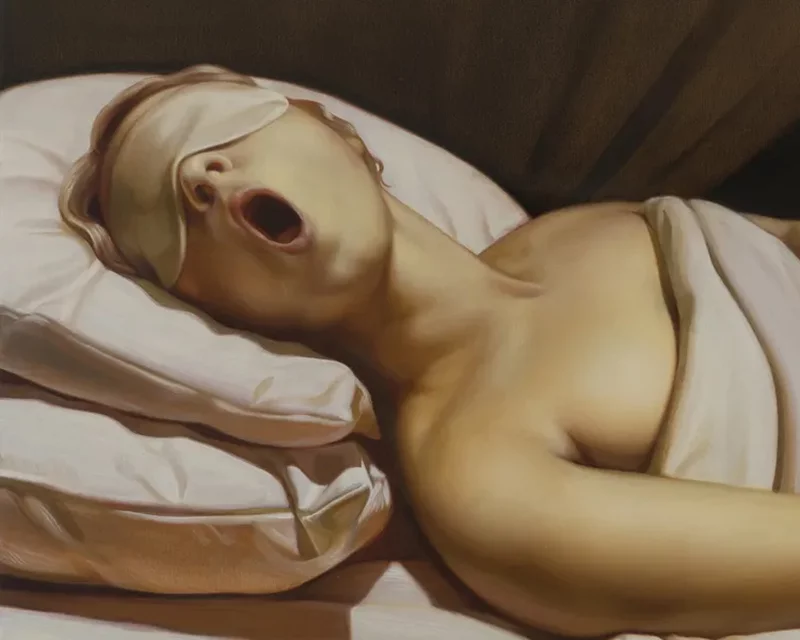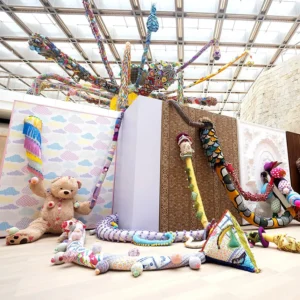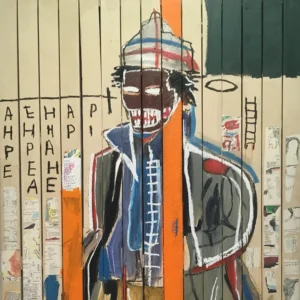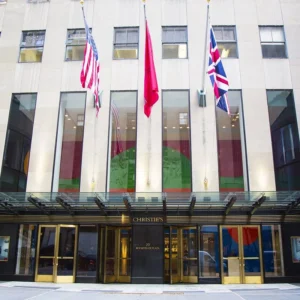Anna Weyant’s captivating paintings possess a unique and paradoxical quality, blending delight and grotesqueness. The artist masterfully emphasizes voluptuous bodies and distorted facial expressions, evoking a mystical familiarity that resonates with viewers.
Weyant’s exploration of abjection offers a fresh perspective on femininity within a media landscape that often objectifies women based on societal beauty standards. Her skillful fusion of contemporary elements with the Baroque tradition sets her apart as a rising talent in the art world, captivating audiences worldwide.
As part of the broader contemporary art movement delving into the enigmatic world of Anna Weyant’s paintings and examining the themes of duality, intimacy, complexity, and the interplay between artist and audience that permeate her work will become more striking in the near future of the art world.
Paving the Way
Born in Calgary, Canada, and currently based in New York, Anna Weyant has swiftly made a name for herself in the art world. Having graduated with a BFA in painting from the renowned Rhode Island School of Design, she has honed her artistic presence while internalizing the influences of masters like Rubens, Rembrandt, and Leyster, along with contemporary artists such as Balthus and John Currin. Weyant’s painterly style skillfully weaves together the aesthetics of the past and present, creating a distinct and alluring artistic voice.
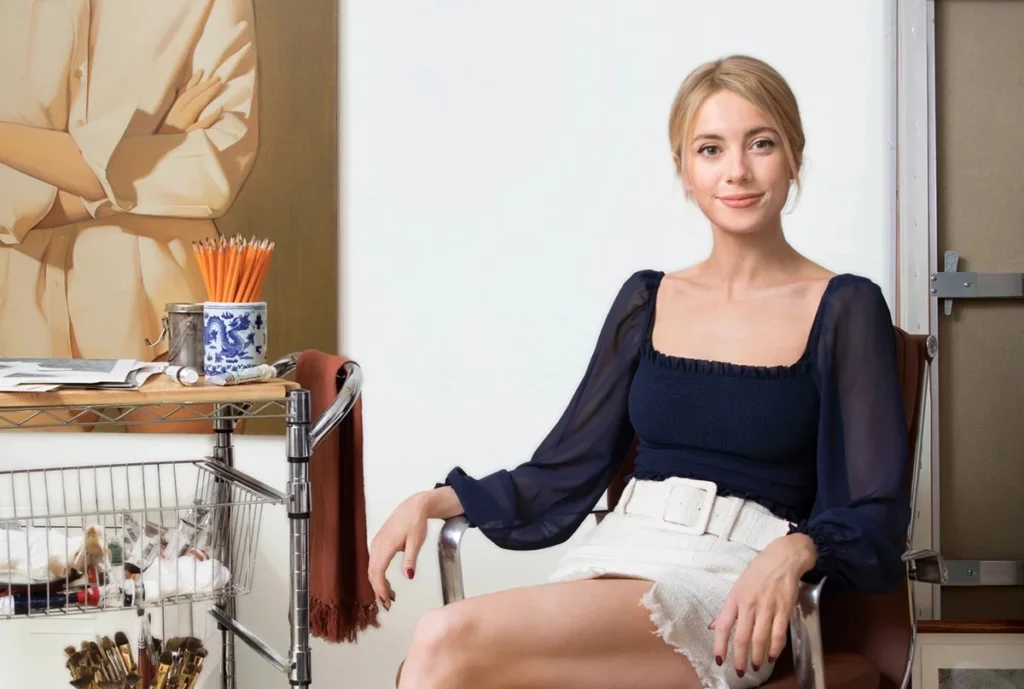
How did Anna Weyant become so famous?
Anna Weyant’s growing fame in the art world can be attributed to several key factors. Her unique artistic style, characterized by a captivating juxtaposition of delight and grotesqueness, sets her work apart and draws attention from both art enthusiasts and collectors. Joining a prestigious gallery like Gagosian has provided her with increased visibility and recognition within the art world establishment.
Notable achievements, such as critically acclaimed solo exhibitions and an impressive sales record, have further solidified her position as a rising talent. Weyant’s dedication to honing her artistic skills through engagement with relevant and thought-provoking themes, and her presence on social media have also contributed to her growing fame.
Exploring the Intimacy of the Artist’s Process
Weyant’s choice to work in her living room-turned-studio not only provides a private space for her creative process but also reflects the intimacy inherent in her work. The act of painting allows her to step outside of herself and manipulate the sense of intimacy that pervades her subjects.
In an interview with Artsy, Weyant shares her belief that the parts of ourselves we try to hide, the areas where shame, rage, grief, or a loss of control reside, are the most sensitive and protected. It is within these realms of vulnerability that she finds an intimacy, tenderness, and delicacy—a space where one’s most monstrous aspects intertwine with the human experience. By channeling these emotions into her art, Weyant opens a dialogue with her audience, inviting them to connect with their own hidden depths.
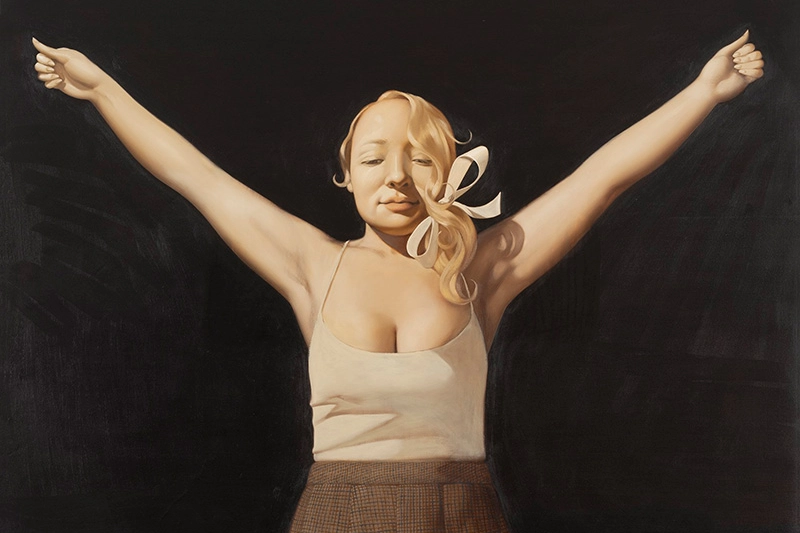
The Complexity of Weyant’s Artistic Narrative
Weyant’s paintings are not only visually captivating but also rich in narrative complexity. Drawing inspiration from the predictability of Lifetime movies, she seeks to subvert common tropes and embrace the harsh realities that often go unacknowledged. In her works, happy endings are replaced with consequences and more brutal truths, mirroring the complexities of the human experience.
Through ambiguity and a subtle undertone of darkness, Weyant’s art delves into the depths of pleasure and pain, adolescence and adulthood. Each piece is carefully constructed to reflect the multifaceted inner world and imagination of an artist navigating the intricacies of life.
Reclaiming the Female Body
Anna Weyant’s paintings serve as a powerful testament to her commitment to subverting the male gaze and reclaiming the female body. In a society that often objectifies women and reduces them to passive objects of desire, Weyant’s art challenges these norms by presenting women on her own terms. Her emphasis on bodies and distorted facial expressions disrupts conventional notions of beauty, allowing the female figures in her paintings to transcend the limited scope of the male gaze.
By depicting women in surreal environments, Weyant reclaims agency over the representation of the female form. Through her art, she invites viewers to reconsider their own perceptions and expectations, fostering a space for empowerment and celebrating the multifaceted nature of womanhood. Weyant’s paintings dismantle the objectifying gaze and provide a platform for the reclamation of the female body, challenging societal norms and opening up new possibilities for representation and self-expression. This approach resonates with the work of Nicole Eisenman, another leading female artist who similarly confronts traditional narratives and explores the complexities of female representation in contemporary art.
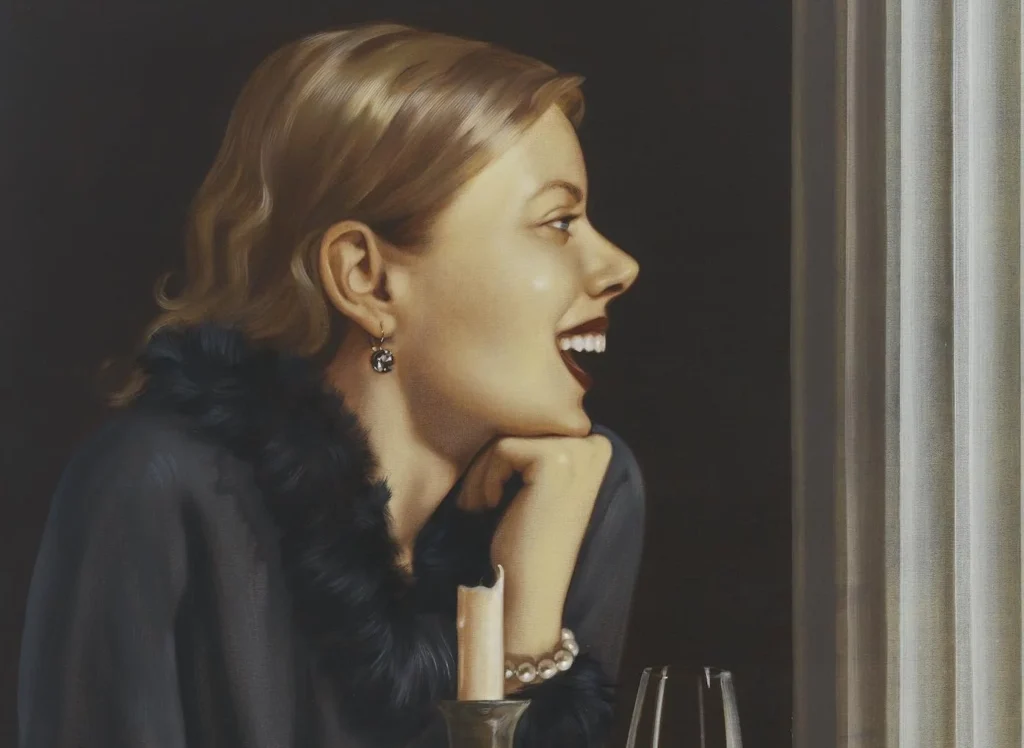
The Uncanny Within Domestic Settings
Weyant’s works feature domestic settings presented in a proscenium manner, emphasizing intimacy and vulnerability. One such painting, “It Must Have Been Love” (2022), depicts a dining table adorned with blooming flowers, evoking melancholy and adoration. The still-life composition and the sense of being the sole living thing in the space harken back to the Dutch still-life tradition. Weyant’s contemporary reinterpretation of this motif reminds viewers of the significance of stillness amidst the relentless pace of modern life. In today’s technologically saturated age, where stillness is increasingly rare, Weyant’s paintings prompt a contemplation of the beauty that can be found in moments of quietude.
As can be observed in her artworks such as “Reposing V” (2019) or “Bath Time” (2019) Weyant’s use of loose clothing and the depiction of curvaceous figures trouble the image, blending the peculiarities of femininity with elements of monstrosity. Within this juxtaposition lies the essence of abjection—the horror that lies beneath the surface of what society deems “perfect,” unveiling the inherent complexities and vulnerabilities of the self.
“Baby, It Ain’t Over Till It’s Over”
In a year marked by extraordinary achievements, Weyant’s solo exhibition “Baby, It Ain’t Over Till It’s Over” at Gagosian in 2022 stands as a testament to her artistic prowess. It is noteworthy to underline that she is the youngest artist at Gagosian. This exhibition explores the theme of duality, prominently featuring the motif of doubling throughout her paintings.
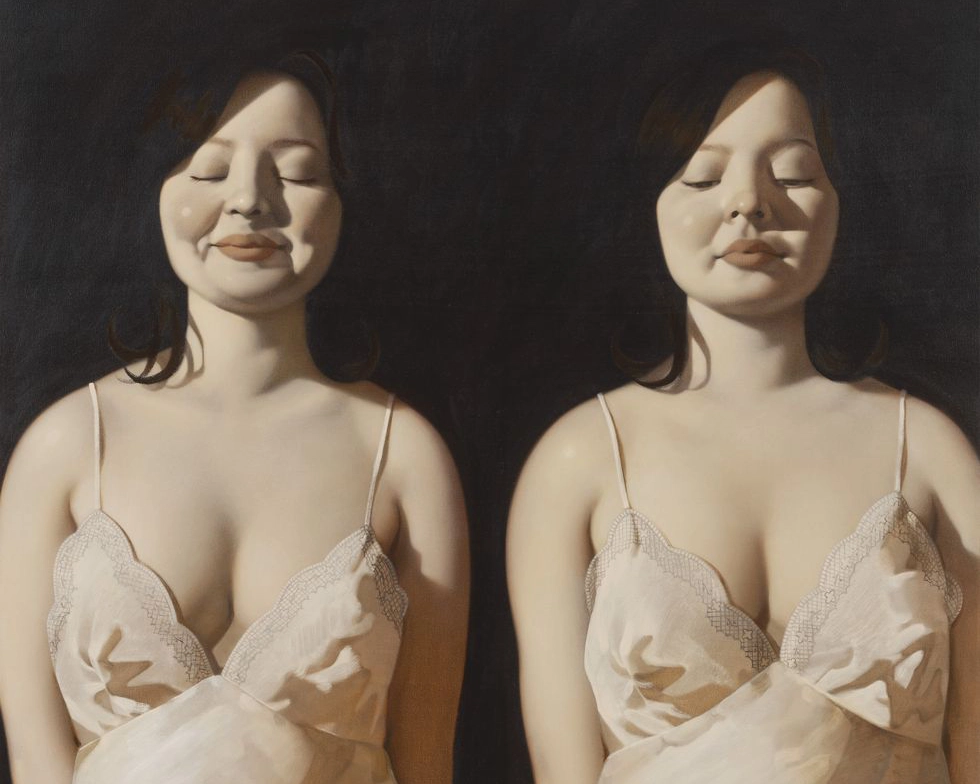
Weyant masterfully presents pairs of figures, each reflecting a contrasting expression—one grimacing, the other smiling. These doubles, often depicted in loose clothing that accentuates their voluptuousness, challenge traditional notions of femininity. The interplay of emotions blurs the lines between enchantment and monstrousness, inviting viewers to explore the intricacies of the human psyche.
Navigating Fame
Anna Weyant’s artistic journey is a testament to her exceptional talent, unique vision, and dedication to exploring the complexities of the human experience. Through the exploration of duality, intimacy, complexity, and the interplay between artist and audience, Weyant creates a captivating world that blurs the boundaries between reality and the uncanny.
With each brushstroke, Weyant invites viewers to delve deeper into the intricacies of the human experience and embrace the enigmatic beauty found within. As she continues to make her mark in the art world, her ability to navigate the complexities of art and commerce while remaining true to her artistic vision sets her apart as a rising star.
As the art world eagerly anticipates her future creations, one can only imagine the depths she will plumb and the emotions she will evoke in the years to come. Anna Weyant’s art is a testament to the power of painting to transcend the boundaries of perception and invite us into a world where the familiar becomes uncanny, and the grotesque finds beauty.

